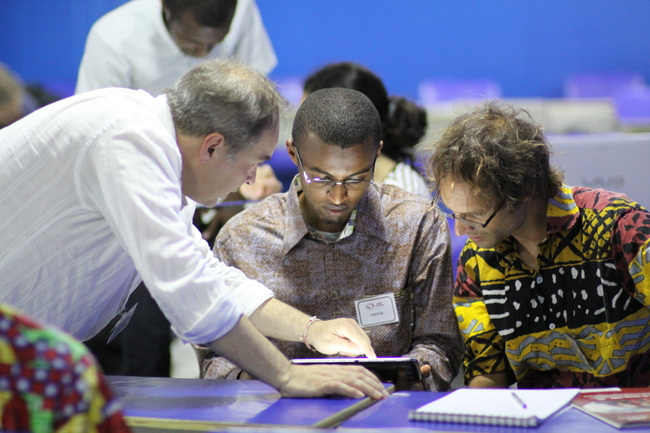General aims
This cooperation project with AIMS Senegal and Wetlands International Africa will develop a new simulating tool for assessing habitat effects on predator-prey populations with complex life histories. This tool will be adopted to undertake novel research and for educational purposes. The general aim of the research will be to explore (1) how distributions of top predators such as seabirds and dolphins may shift in response to changing coastal seascapes and (2) the potential for adaptations of various feeding behaviours.
Research component
More specifically, we will develop an individual-based model for iconic top predators such as seabirds and dolphins with plausible energetics and behaviours. We will calibrate and validate the model using single-prey scenarios against published observations for prey consumption rates, predator group dynamics, and demography. We will then explore the emergent properties of both single-prey and multiple-prey model formulations. With respect to existing models, we will introduce elements of novelty in relation to feeding behaviour and habitat structure.
Recent advances in electronic tagging techniques provide the capacity to collect valuable data on the movements of animals in relation to coastal processes. The integration of these data into our modelling framework is a key aspect of this project.
Educational component
The second major components of this cooperative project involves various educational activities such as workshops and seminars. Two international workshops will be organised at AIMS Senegal in 2018 and 2019, respectively, on Modelling and Analysis of Complex Systems and on Nonlinear Dynamical Systems and Scientific Writing.
Project Partners |
|---|
|
Prof. Dr. Moustapha Fall (African Institute for Mathematical Sciences AIMS, Senegal) Adam Ceesay (Wetlands International Africa, Senegal) |





